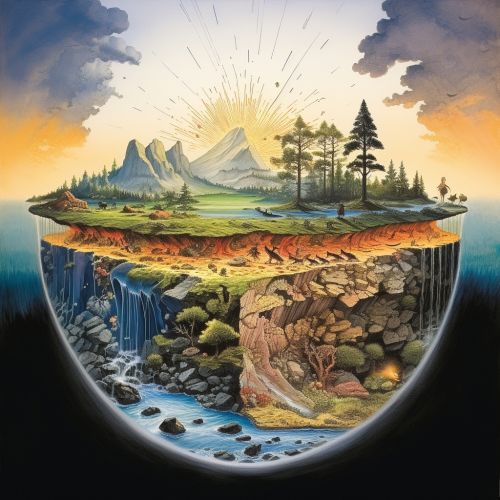Lithosphere
Introduction
The lithosphere is the rigid, outermost shell of a terrestrial-type planet or natural satellite. On Earth, it is composed of the crust and the portion of the upper mantle that behaves elastically on time scales of thousands of years or greater. The lithosphere is subdivided into tectonic plates.
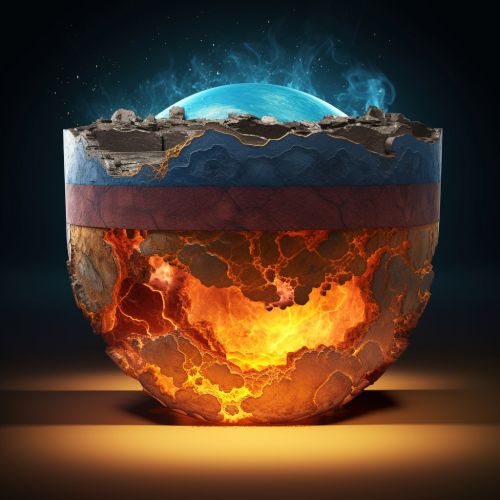

Composition and Structure
The lithosphere is the uppermost layer of the Earth's structure and is broken up into a mosaic of pieces known as tectonic plates. These plates move around on the softer, more plastic asthenosphere, which is the layer of the Earth directly below the lithosphere. The lithosphere is composed of both the Earth's crust and the uppermost part of the mantle.
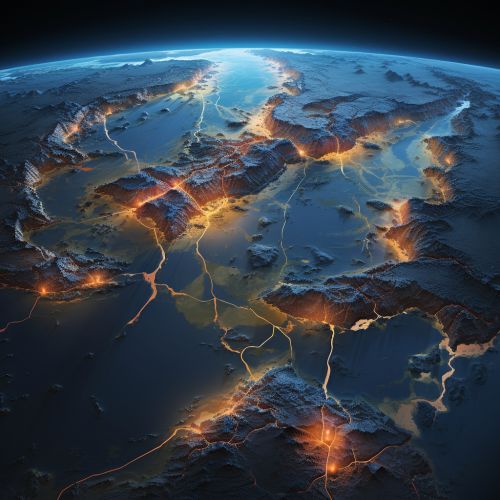
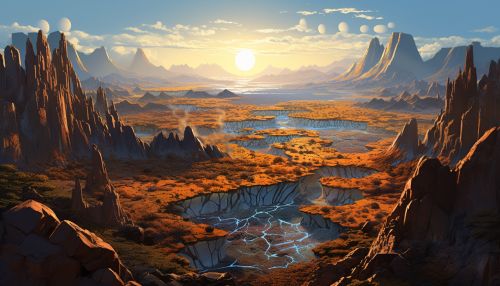
Earth's Crust
The Earth's crust, the outermost layer of the lithosphere, is a thin shell on the outside of the Earth, accounting for less than 1% of Earth's volume. It is the coolest and least dense layer of the Earth and is divided into two types: oceanic crust and continental crust.

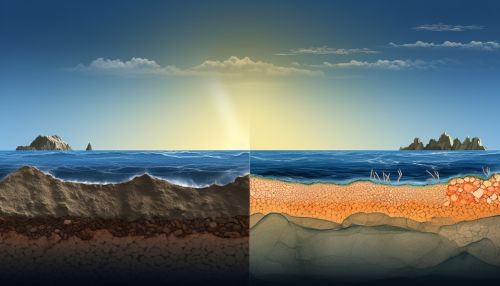
Earth's Mantle
The Earth's mantle, the layer beneath the crust, makes up a majority of the volume of the Earth. It is predominantly solid but in geological time it behaves as a very viscous fluid. The uppermost part of the mantle, along with the Earth's crust, forms the lithosphere.
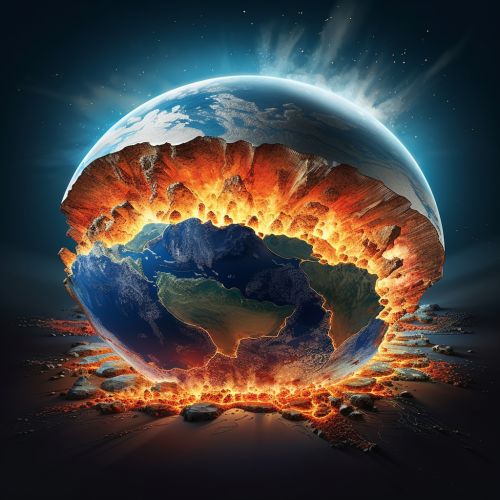
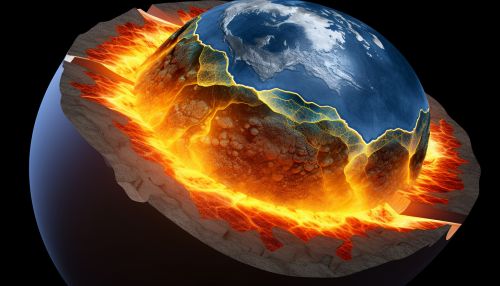
Tectonic Plates
Tectonic plates are pieces of the lithosphere that move around on the underlying asthenosphere. These plates can collide (in a convergent boundary), move apart (in a divergent boundary), or slide past each other (in a transform boundary). The movement of these plates is responsible for earthquakes, volcanic activity, the creation of mountain ranges, and other geological phenomena.
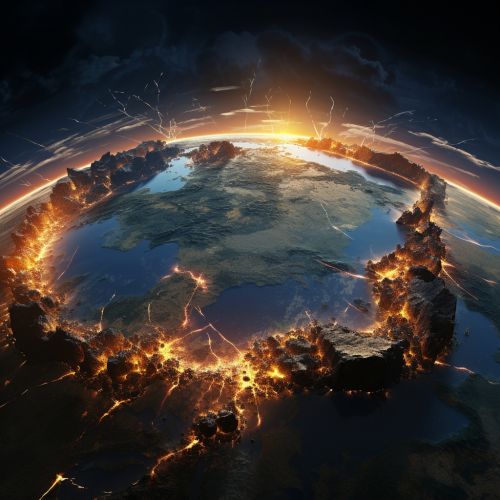

Lithosphere and the Biosphere
The lithosphere has a significant impact on the other spheres of the Earth, particularly the biosphere. The lithosphere provides the solid ground for the existence of organisms and influences the distribution of ecosystems across the planet.
